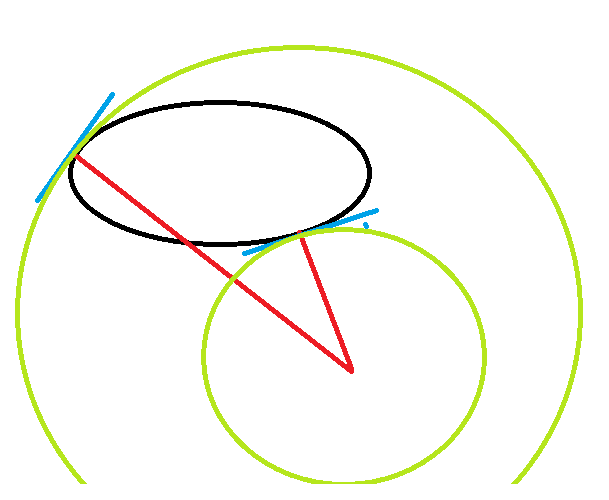Compaitifying on a lattice
The Fourier transform the continuous variable "position" is the continuous variable "momentum". The Fourier transform of the interval around a finite dimension is an integer charge. Therefore particles of different charges are simply the different modes around a finite dimension. In position space we should also talk about position in compact space. Everything becomes geometrical. In momentum space we should talk about charge. Can we extend this to spin also? Is spin part of the position or momentum space picture? If X (a,b) = ((x+t,y+iz),(y-iz,x-t)) then X (a,b) X (-a,-b) = x^2+y^2+z^2-t^2. Perhaps this is the better momentum picture? What do a and b mean? ++ -- +- -+ Ψ *(-a)( D (a,b)+i A (a,b)) Ψ (b) + ( D (a,b) A (c,d)- D (c,d) A (a,b)).( D (-a,-b) A (-c,-d)- D (-c,-d) A (-a,-b)) +m Ψ L(a) Ψ R(-a) = D(a,b)A(c,d)D(a,b)A(c,d) - D(a,b)A(c,d)D(-c,-d)A(-a,-b) X*(a,b) = X(b,a)
